1. Sgt. Pepper’s Lonely Hearts Club Band – The Beatles
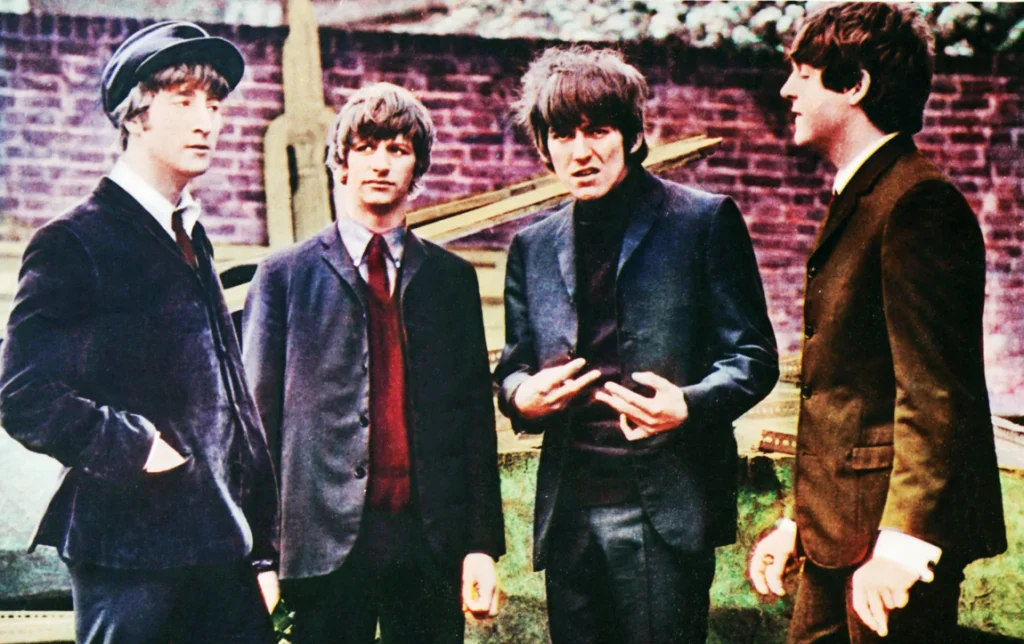
When Sgt. Pepper’s landed in 1967, it wasn’t just an album, it was an event. The Beatles redefined what a rock record could be by blending psychedelic experimentation with classical arrangements, all wrapped in a colorful concept that took listeners on a journey. Songs like “Lucy in the Sky with Diamonds” and “A Day in the Life” stretched the boundaries of popular music, leaving fans and critics stunned. Suddenly, albums weren’t just a collection of singles—they could be works of art.
The cover itself became iconic, with its collage of cultural figures and bold design. The record inspired countless musicians to view the studio as an instrument in itself. From progressive rock to modern pop, its ripple effect can still be heard today. It marked the moment when rock demanded to be taken seriously as art, not just entertainment.
2. Pet Sounds – The Beach Boys
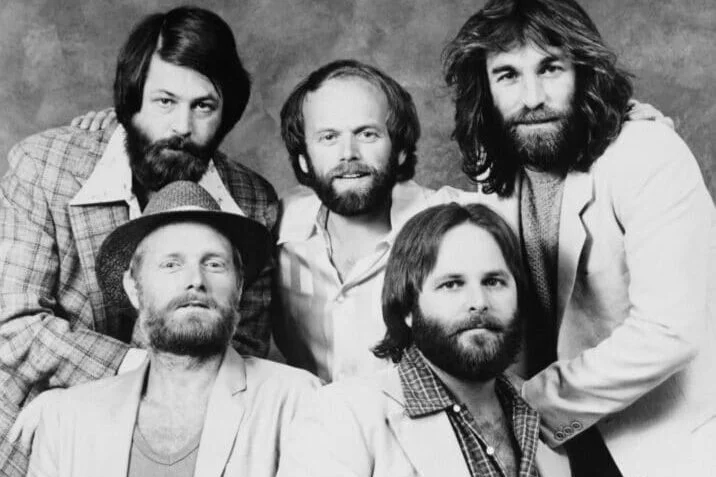
Brian Wilson poured his heart and soul into Pet Sounds, crafting lush harmonies and orchestrations that went far beyond surf rock. Released in 1966, the album showed a more vulnerable, experimental side of The Beach Boys with tracks like “God Only Knows” and “Wouldn’t It Be Nice.” It was deeply personal, yet universally relatable, connecting with listeners on themes of love, longing, and insecurity.
Though it didn’t initially sell as well in the U.S., musicians recognized its brilliance right away. The Beatles openly cited it as an inspiration for Sgt. Pepper’s. Over the years, Pet Sounds has gained recognition as one of the most beautiful, influential albums ever made, proving pop could be as emotionally powerful as any genre.
3. Highway 61 Revisited – Bob Dylan
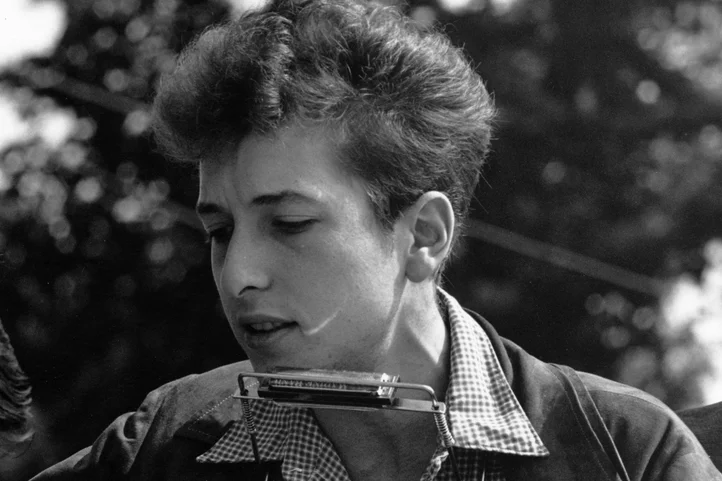
Dylan went electric on this 1965 album, and the world hasn’t been the same since. With “Like a Rolling Stone,” he shattered conventions by delivering a six-minute single packed with anger, poetry, and raw emotion. The record merged folk’s storytelling with rock’s energy, making it clear that lyrics could be just as important as the music.
Fans were divided, with some booing his electric sets, but Dylan pressed forward with his vision. The title track, filled with biblical and surreal imagery, and “Desolation Row” showed his songwriting brilliance. Highway 61 Revisited pushed rock to be more thoughtful, more daring, and more confrontational.
4. Are You Experienced – The Jimi Hendrix Experience
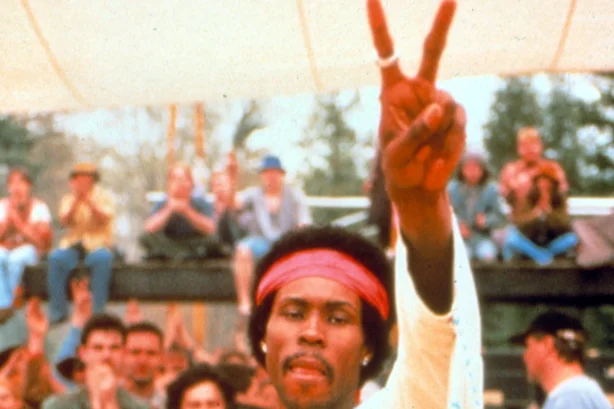
In 1967, Jimi Hendrix burst onto the scene with an album that made guitarists rethink everything they thought they knew. Are You Experienced wasn’t just about skill, it was about sound. Songs like “Purple Haze,” “Hey Joe,” and “The Wind Cries Mary” showcased tones and effects nobody had heard before. Hendrix took distortion and feedback and turned them into art.
The album changed how the guitar was played, recorded, and imagined. Hendrix wasn’t just a musician—he was a revolutionary, and this debut captured him at his most fearless. Decades later, guitarists are still chasing the magic Hendrix created on this record.
5. The Velvet Underground & Nico – The Velvet Underground
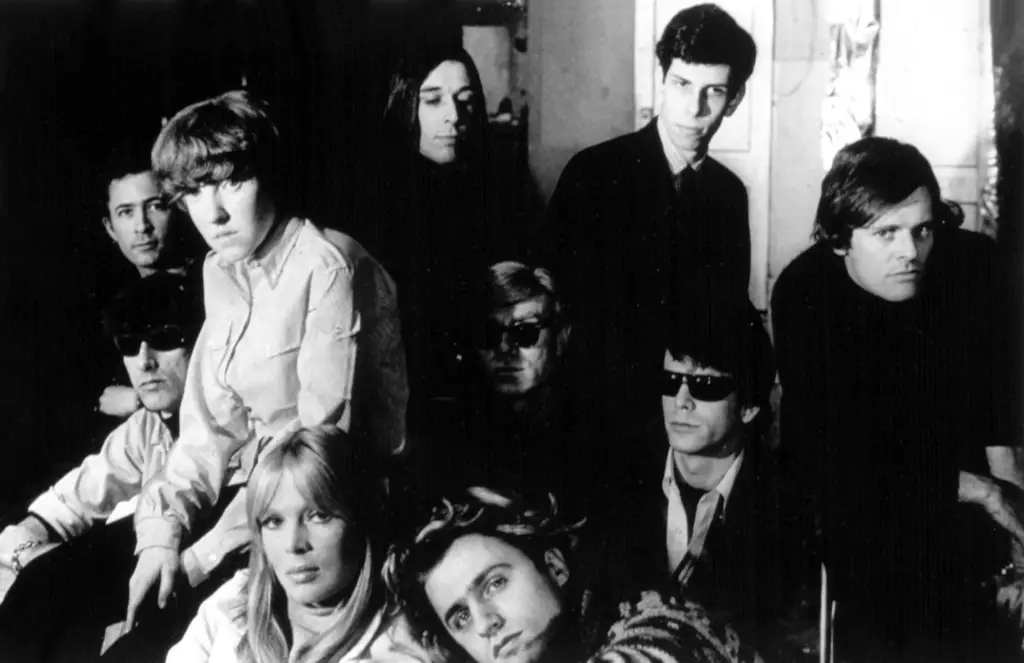
When this album came out in 1967, it didn’t sell much, but its influence was massive. With Lou Reed’s gritty lyrics and John Cale’s experimental edge, it tackled taboo subjects like addiction and sexuality. The contrast between Reed’s deadpan delivery and Nico’s haunting voice gave it a raw, unsettling power.
It was miles away from mainstream pop at the time, but it inspired generations of punk, alternative, and indie bands. Brian Eno once famously said that while only a few thousand people bought the record, everyone who did started a band. That legacy speaks louder than sales ever could.
6. Let It Bleed – The Rolling Stones
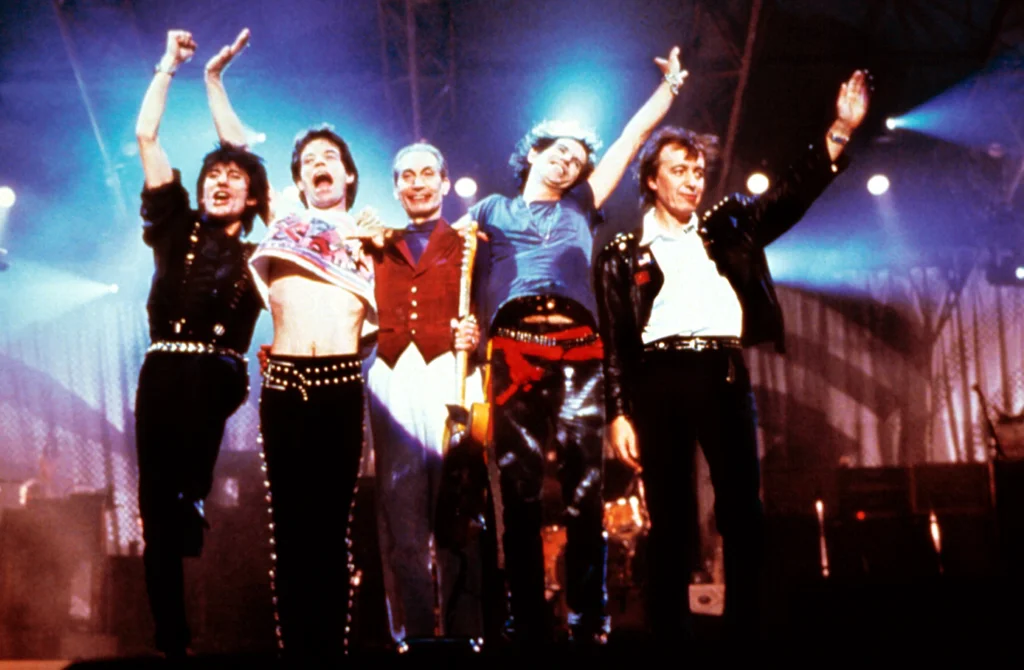
Released in 1969, Let It Bleed captured the chaos of the late ’60s. Tracks like “Gimme Shelter” and “You Can’t Always Get What You Want” became anthems of the era, reflecting social unrest and disillusionment. The Stones leaned into bluesy grit and darker themes, cementing themselves as rock’s bad boys.
The album arrived just as the ’60s dream was unraveling, and its tone matched the mood perfectly. It showed that rock didn’t have to be polished or idealistic—it could be messy, grimy, and real. That honesty made it timeless.
7. Abbey Road – The Beatles
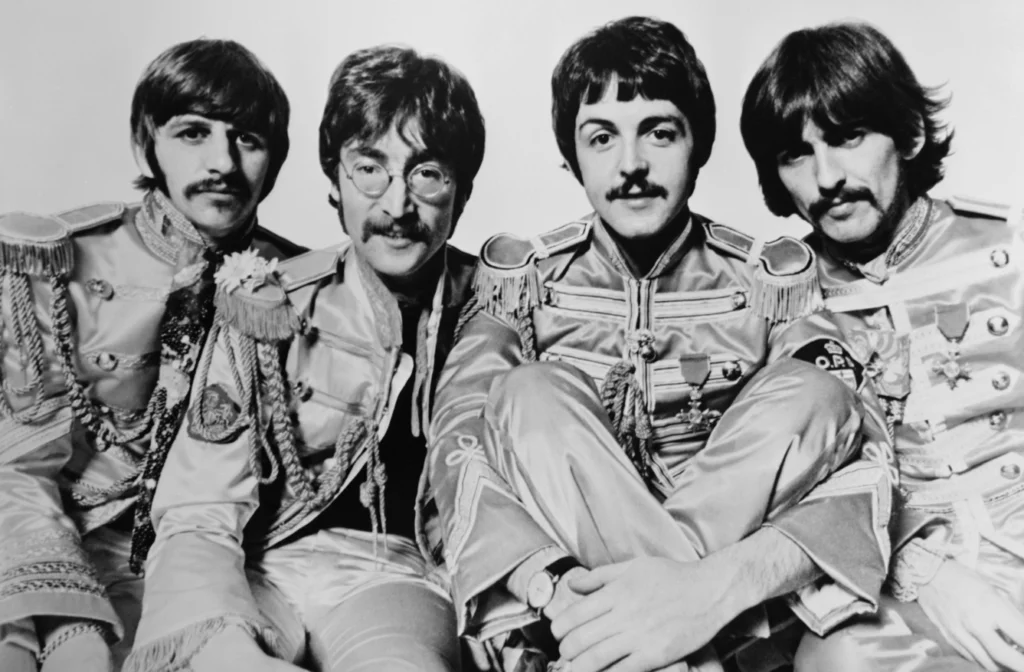
By 1969, The Beatles were nearing their end, but they went out with one of their finest creations. Abbey Road featured George Harrison stepping into the spotlight with “Something” and “Here Comes the Sun,” while the medley on Side B stitched together fragments into something magical.
The album cover, showing the band crossing the street outside their studio, became one of the most famous images in music. Abbey Road was a mix of polish and playfulness, showing the band’s growth and maturity. It remains a blueprint for how to end a career on a high note.
8. Axis: Bold as Love – The Jimi Hendrix Experience
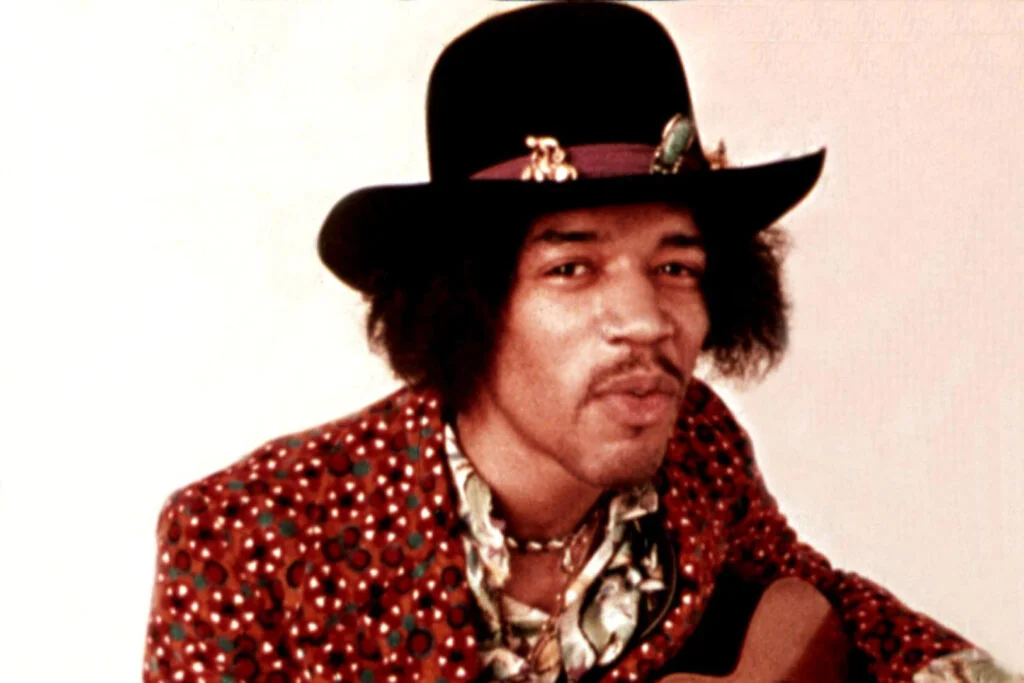
If Hendrix’s debut blew minds, his second album proved he wasn’t a one-trick guitarist. Released in 1967, Axis: Bold as Love expanded his sound into more melodic and psychedelic territory. Songs like “Little Wing” revealed a softer, almost spiritual side of his playing.
Hendrix combined soulful vocals with groundbreaking guitar work, creating music that was both intimate and explosive. While it sometimes gets overshadowed by his debut and Electric Ladyland, Axis was crucial in shaping the psychedelic rock sound of the late ’60s.
9. In the Court of the Crimson King – King Crimson
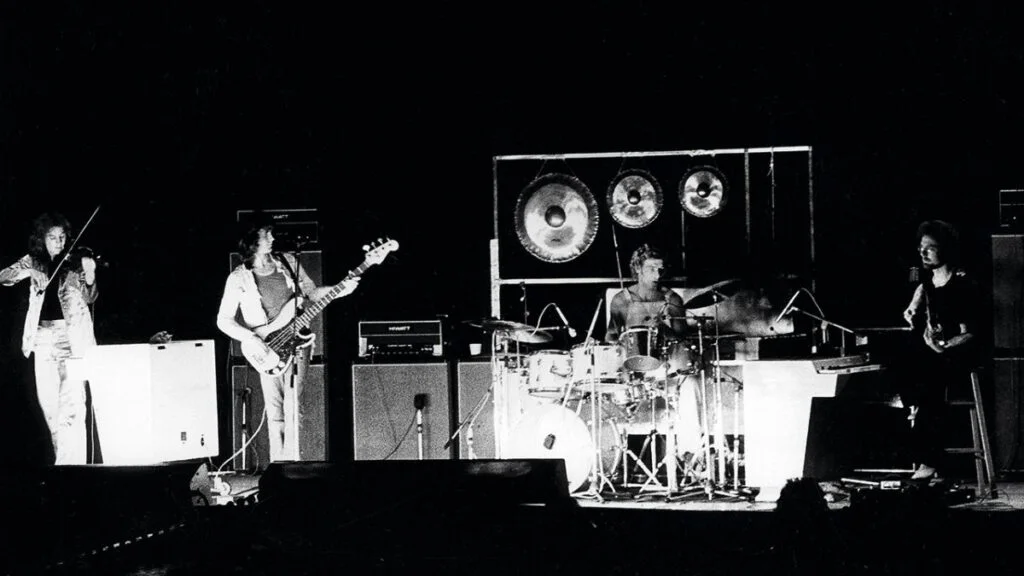
This 1969 release is often credited with inventing progressive rock. With its sweeping title track and songs like “21st Century Schizoid Man,” King Crimson pushed rock into uncharted territory. The album blended jazz, classical, and rock in a way that was both cerebral and intense.
Its ambitious scope proved that rock could be as complex as symphonies. Though not as commercially popular as other records of the time, its influence on prog bands like Yes, Genesis, and Rush is undeniable. For adventurous listeners, it opened a whole new world.
10. Tommy – The Who
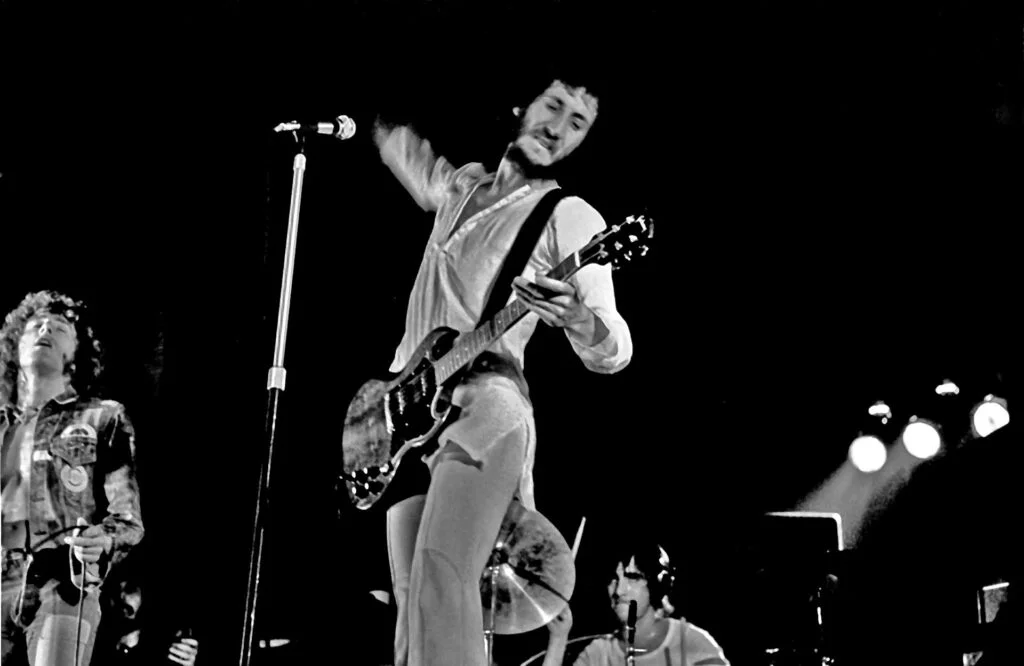
Tommy, released in 1969, introduced the concept of the rock opera to the world. With its story of a “deaf, dumb, and blind kid” who becomes a pinball champion and spiritual leader, it was unlike anything else in rock. The Who took bold risks by tying together songs into a cohesive narrative.
Tracks like “Pinball Wizard” became instant classics, but the whole album was a theatrical experience. Tommy expanded what an album could be, inspiring future rock operas and musicals. It showed that storytelling and rock could blend in ways nobody had imagined before.
11. Blonde on Blonde – Bob Dylan
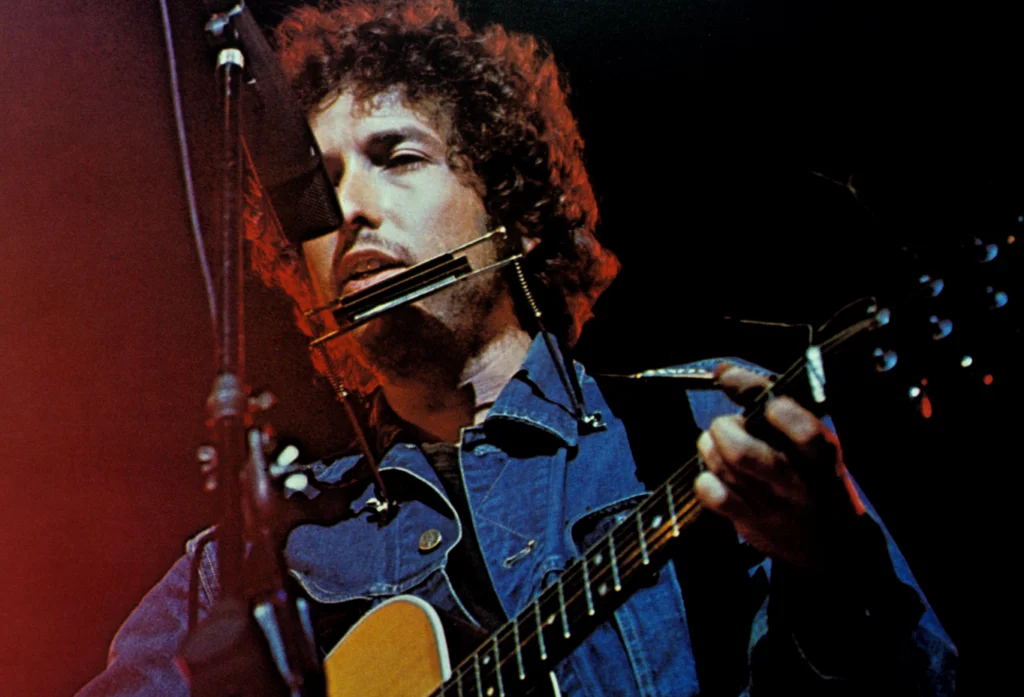
In 1966, Dylan released one of the first double albums in rock history. Blonde on Blonde captured the surreal poetry and biting wit he had been refining for years. Songs like “Visions of Johanna” and “Just Like a Woman” showed his ability to mix vulnerability with sharp observation.
The record blurred the line between folk and rock, acoustic intimacy and electric energy. Dylan called it “that thin, wild mercury sound,” and it truly felt otherworldly. Its sprawling length and variety made it an epic statement, influencing everyone from songwriters to poets.
12. Crosby, Stills & Nash – Crosby, Stills & Nash
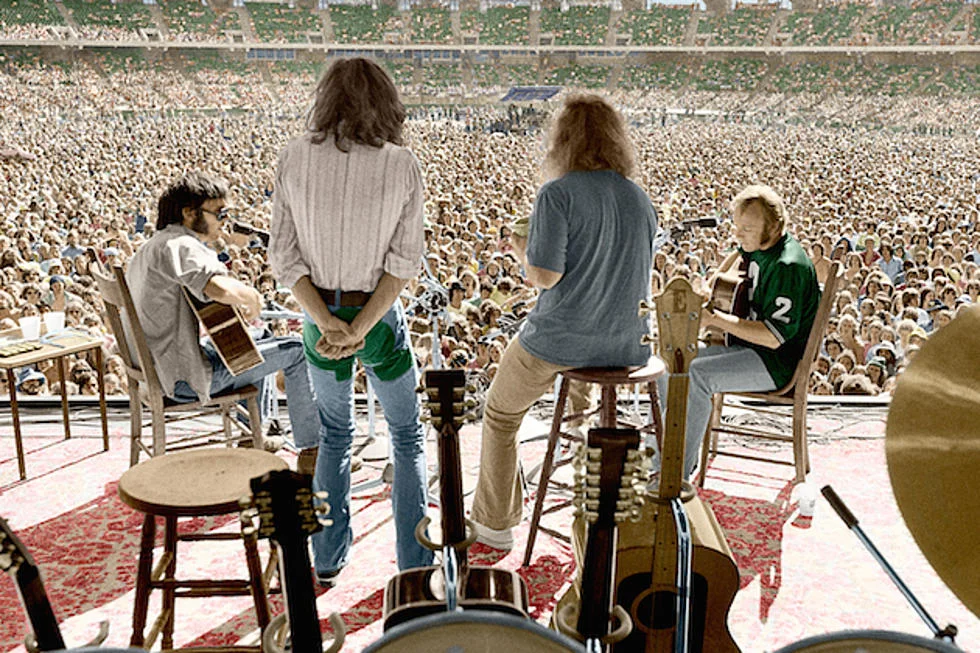
When David Crosby, Stephen Stills, and Graham Nash came together in 1969, their debut album was a revelation. The harmonies were unlike anything rock audiences had heard before, layered and intricate but still warm and inviting. Songs like “Suite: Judy Blue Eyes” and “Marrakesh Express” blended folk and rock with a sense of intimacy that felt fresh and exciting. It wasn’t about loud guitars or heavy drums—it was about voices working together in perfect balance.
The album helped usher in the folk-rock boom of the late ’60s and ’70s, inspiring countless singer-songwriters to follow. It also proved that supergroups could work when the chemistry was right. Crosby, Stills & Nash’s debut was both personal and political, weaving together tender love songs and subtle social commentary. Its influence can still be heard in harmony-driven rock today.


